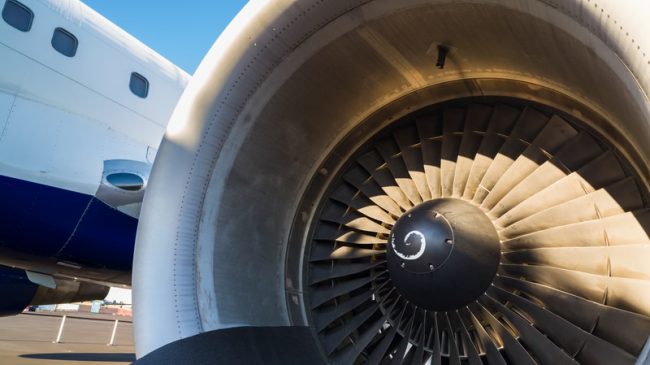Boeing’s probably-most likely-it’s only a matter of when, decision to build a middle-of-the-market replacement for the 757 can increase airline destinations and lower costs. The only question is why the airline dithered for a decade before deciding to build the plane.
The 757 is a short-mid range airplane that can fly a multitude of routes. Originally designed to fly coast to coast routes such as New York to Seattle or Atlanta to Los Angeles, several U.S. airlines fly their 757s between Northeastern U.S. cities and Western Europe. It was designed as a slightly larger successor to the 727. First delivered in the early 1980’s, the aircraft is perfect for hot, high and short runway destinations. These include routes to destinations in the mountains such as Vail, and routes with short runways such as Orange County, CA. Boeing produced more than 900 of the 757-200 model and around 100 of the 757-300 model before the aircraft ceased production in 2004.
Boeing ceased production because, at the time, airlines were looking for smaller planes such as the A319/A320 and the B737. However, the airline business is cyclical and today the trend is for the longer single aisle planes—exactly what the B757 was designed for. Discontinuing production always seemed a curious decision for two reasons. First, the airplane business is fickle; what is in demand in 2004 may fall out of favor by 2006. Second, Boeing’s biggest competitor, Airbus, continued to build the A321, which is similar in size. While the A321 could not match the range or the technical abilities of the B757, its latest variant comes very close. Boeing has thus lost a major advantage it had over its main competitor.
Ever since production on the 757 stopped, speculation has centered on Boeing’s successor. Boeing chose to respond to improvements in the A319/A320 by offering the Boeing 737 MAX, modified versions of the 737-700, 737-800 and 737-900 planes. Despite airline interest, Boeing refused to offer a similar modification to the 757. A 757 MAX version with new engines could be produced relatively quickly and at a profit. All of Boeing’s production lines are currently busy but production of both the 747 and 767 is winding down. Boeing’s official reason for not producing a 757 MAX is that the aircraft is not a long-term solution. But the MAX is not a long-term solution for the 737, so that argument is wanting. Demand likely plays a role as well, as Boeing sells far more 737s. Still the decision is curious.
In reality, while Boeing has long built the most technically advanced planes, its business operations have been weak. Many analysts believe CEO Jim McNerney who retired earlier this year was pushed. The company continues to lose approximately $30 million on every 787 it builds. McNerney had a toxic relationship with labor. Further, he was an outsider in the aviation industry and many felt he never understood the business. For example, he was very concerned with competition from China, despite the fact that China has been unsuccessfully trying to enter the aircraft business for 30 years.
As a result, the company has some holes in its line-up. It has only two planes for the future: the 777 and 787. It has nothing in the narrow-body range. It should have started a successor long ago for the 737 and now defunct 757. And the 767 is being built for the freighter business only. Its 747-800 is facing tepid sales and will likely be discontinued.
In addition to lacking a competitor to the A321, Boeing lacks a small aircraft to compete with the A319. While Southwest has been roundly criticized for leasing its 717s to Delta and discontinuing the thin routes AirTran operated after the merger, Southwest might have continued operating many of those routes if Boeing had continued to build single-aisle aircraft seating between 100-120 passengers. While Southwest’s reliance on one type of aircraft is a curious business decision, Boeing’s decision to cede large parts of the aviation market to Airbus, Bombardier or Embraer is also puzzling.
However, Boeing has finally decided to launch a new single-aisle plane to succeed the 757. It will likely share a similar body to a new 737. The new 757 will be about 20% longer than the current 757-200 (similar to the 757-300) and should be able to fly about 20% farther. While it will take another ten years to reach the market, the plane will actually improve competition. How?
Currently, the 757 can fly up to 4,100 nautical miles. A 20% increase in range would allow the plane to fly almost 5,000 miles opening up far more U.S.-Europe city pairs. While the 757 can be flown from the Northeast to Western Europe, increased range would allow the plane to be flown from the entire east coast (including Atlanta, Charlotte and Miami) to Western Europe, and from the Northeast to Central Europe. This would open up more European destinations to U.S. passengers. It would also allow greater service between quickly—growing cities in South America and the U.S
The 757 is one of the most popular planes in the skies. Boeing’s decisions to forgo a MAX version and to wait so long for a replacement are very curious. But when the new 757 enters service, it will increase competition and open up new routes.

